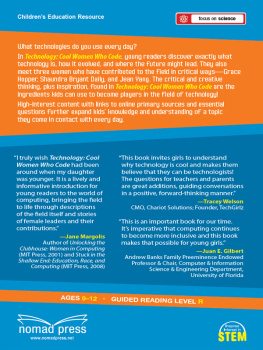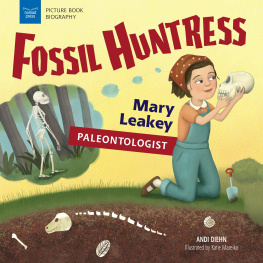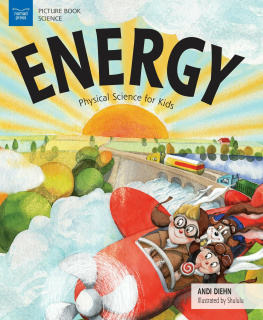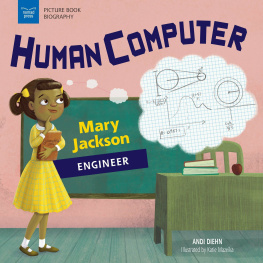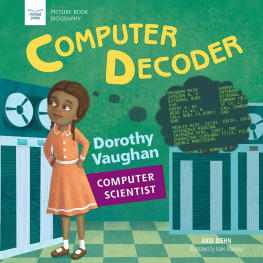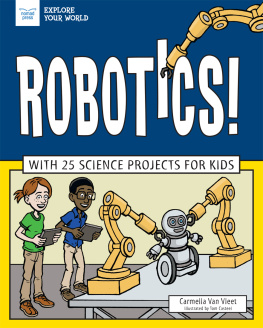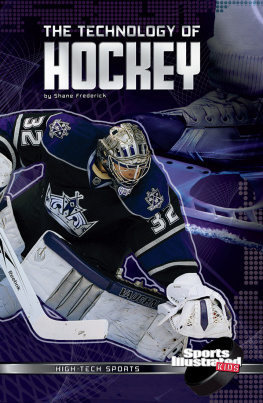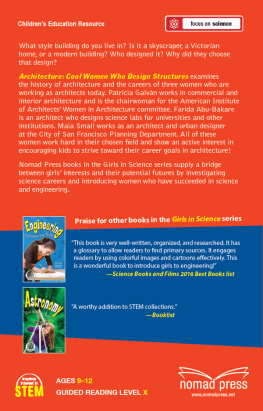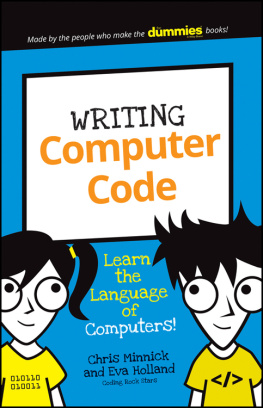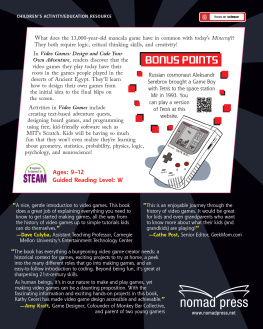
Nomad Press
A division of Nomad Communications
10 9 8 7 6 5 4 3 2 1
Copyright 2015 by Nomad Press. All rights reserved.
No part of this book may be reproduced in any form without permission in writing from the publisher, except by a reviewer who may quote brief passages in a review or for limited educational use . The trademark Nomad Press and the Nomad Press logo are trademarks of Nomad Communications, Inc.
ISBN Softcover: 978-1-61930-325-6
ISBN Hardcover: 978-1-61930-321-8
Illustrations by Lena Chandhok
Educational Consultant, Marla Conn
Questions regarding the ordering of this book should be addressed to
Nomad Press
2456 Christian St.
White River Junction, VT 05001
www.nomadpress.net
~ Other Title in the Girls in Science Series ~

Check out more titles at www.nomadpress.net
HOW TO USE THIS BOOK
In this book youll find a few different ways to further explore the topic of women in astronomy.
The essential questions in each Ask & Answer box encourage you to think further. You probably wont find the answers to these questions in the text, and sometimes there are no right or wrong answers! Instead, these questions are here to help you think more deeply about what youre reading and how the material connects to your own life.
Theres a lot of new vocabulary in this book! Can you figure out a words meaning from the paragraph? Look in the glossary in the back of the book to find the definitions of words you dont know.
Are you interested in what women have to say about astronomy? In the She Says boxes youll find quotes from women who are professionals in the astronomy field. You can learn a lot by listening to people who have worked hard to succeed!

Primary sources come from people who were eyewitnesses to events. They might write about the event, take pictures, or record the event for radio or video. Why are primary sources important?
Use a QR code reader app on your tablet or other device to find online primary sources. You can find a list of URLs on the Resources page. If the QR code doesnt work, try searching the Internet with the Keyword Prompts to find other helpful sources. 
CONTENTS
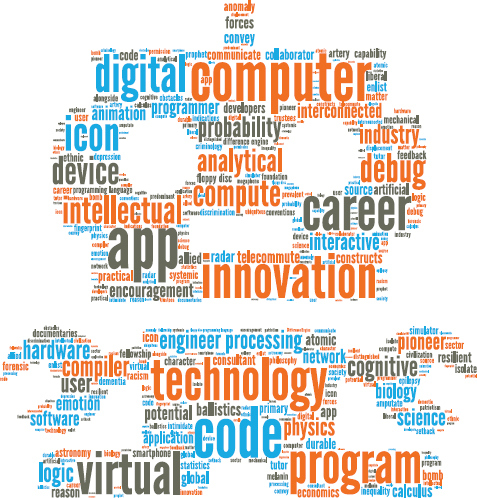
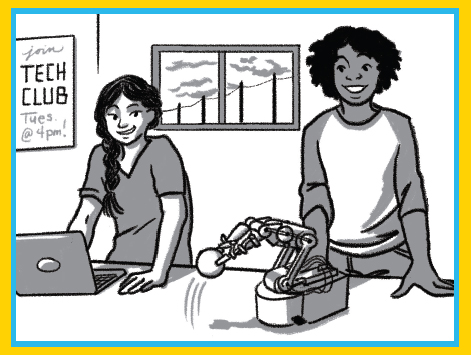
Technology is all around us. Its in our cars, our kitchens, and our bedrooms. We use technology when we play and work, at school, and to communicate with people around the world. We use it for entertainment, for education, and to save lives. Computers, smartphones, tablets, MP3 players, cars, artificial limbs, medical equipment, sports equipmentthe list of things affected by technology is a very long one!
Ask & Answer
How does technology affect your life? What would your life be like without technology?
In Technology: Cool Women Who Code, youll learn about three different women who work, or have worked, in the technology industry. These women faced many challenges as they made their way into the technology field, but they were determined to succeed.
Grace Hopper had a very long career in computers with the U.S. Navy. Shaundra Bryant Daily combines her passion for dance with teaching computer programming to her students. And Jean Yang is planning to be a professor of computer science.


These women faced many challenges as they made their way into the technology field, but they were determined to succeed.
Youll read about their challenges, their inspirations, and their work. Maybe youll be inspired! But first, lets look closely at some of the ways we use technology and discover the history behind the story of technology.
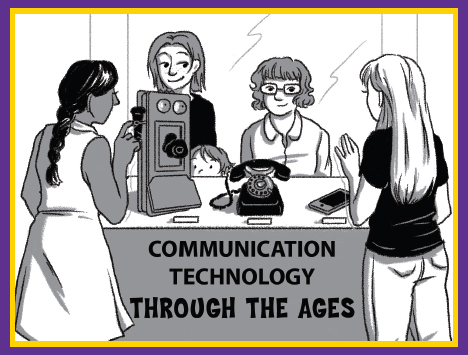
Do you have a smartphone? An MP3 player for listening to music? Do you do your homework on a laptop? Technology may be all around us, but for many hundreds of years it looked very different. Technology is defined as the use of science to invent useful things or solve problems. When we use this definition, things that we might not think of as high-tech are actually considered technology!
A BYTE OF HISTORY
Today, we dont really think of fire as technology. But imagine living 350,000 years ago, when there were no heaters, fleece sweatshirts, or thermostats. What did people use to solve the challenge of staying warm and cooking food? Fire!
People didnt invent fire, they discovered it. But then they experimented with it until they could control it enough to use it to warm their caves and roast their meat. Fire is an early example of technology.
If you were making a list of technological tools, you might not think to include the wheel. But the wheel is actually one of the most important technological inventions in human history! So is the steam engine.
Without wheels and steam engines, our cities, roads, and entire civilizations would have never been built. How do we move heavy things over long distances? Wheels and steam engines are examples of humans using science to solve problems such as this.


Without wheels and steam engines, our cities, roads, and entire civilizations would have never been built.
In the early 1800s, Charles Babbage wanted a better way to solve math problems. He used science to invent what is considered to be the first computer.
Babbages Notebooks

Although Charles Babbage never had enough money to build either the Difference Engine or the Analytical Engine, he made many drawings of how his machines would look and work Do you find anything in this drawing familiar? Do you recognize these parts as belonging to a computer youd see today?
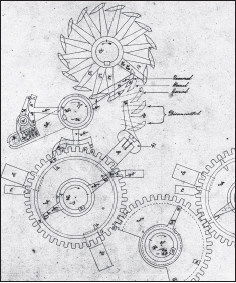
Called the Difference Engine, his machine would be able to compute several sets of numbers. He later invented the Analytical Engine, which could do even more, including remembering the computations.
Unfortunately, Charles didnt have enough money to actually build his machines. He died without knowing if they would really work. It wasnt until the 1990s that a complete version of the Difference Engine was built for a museum.
Next page
